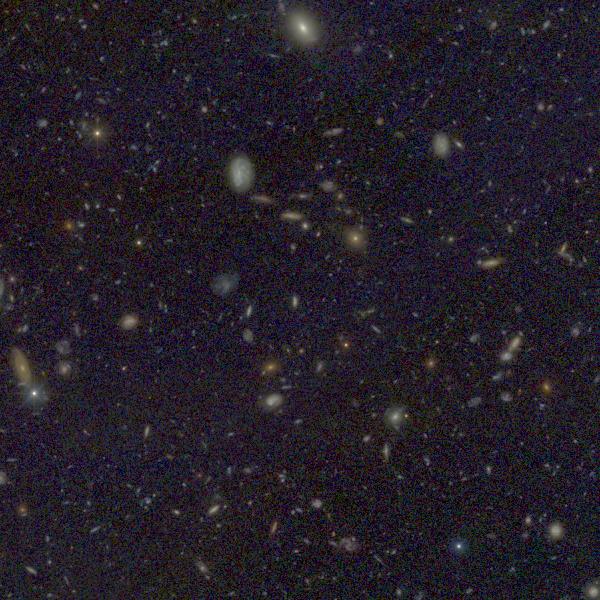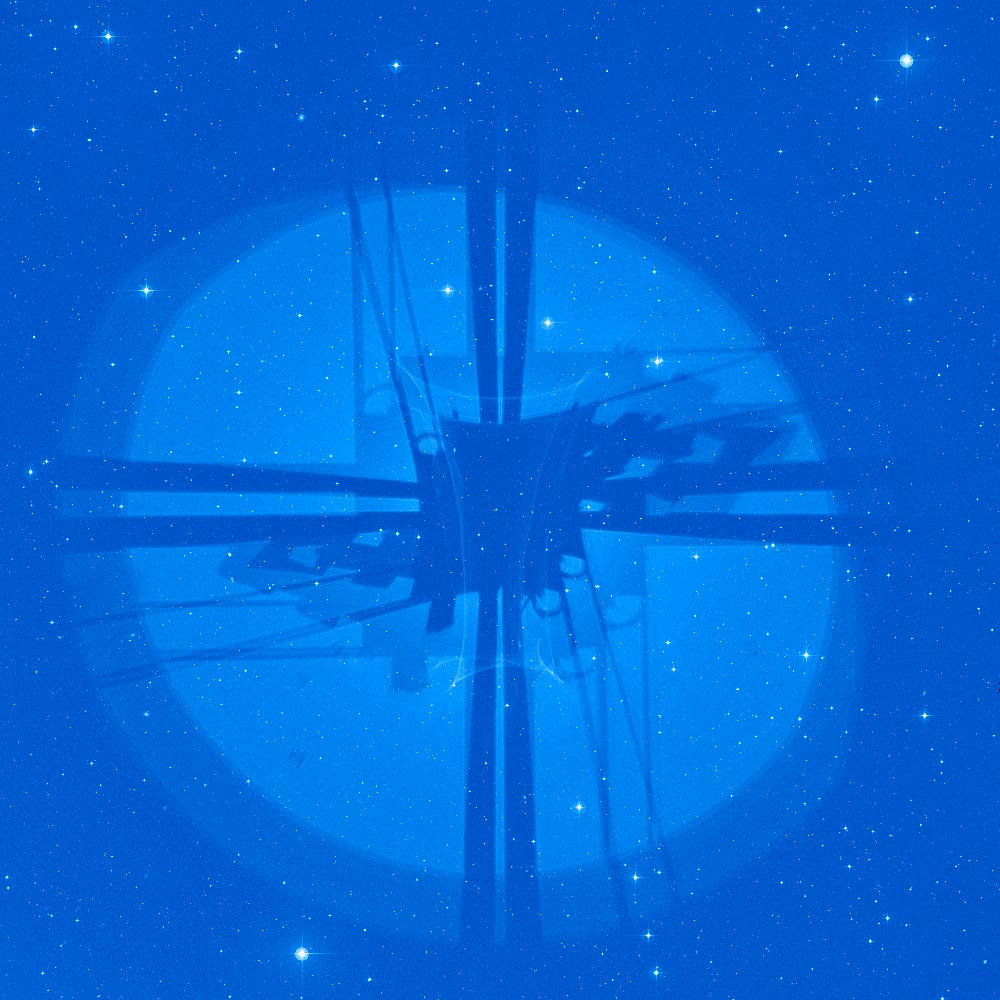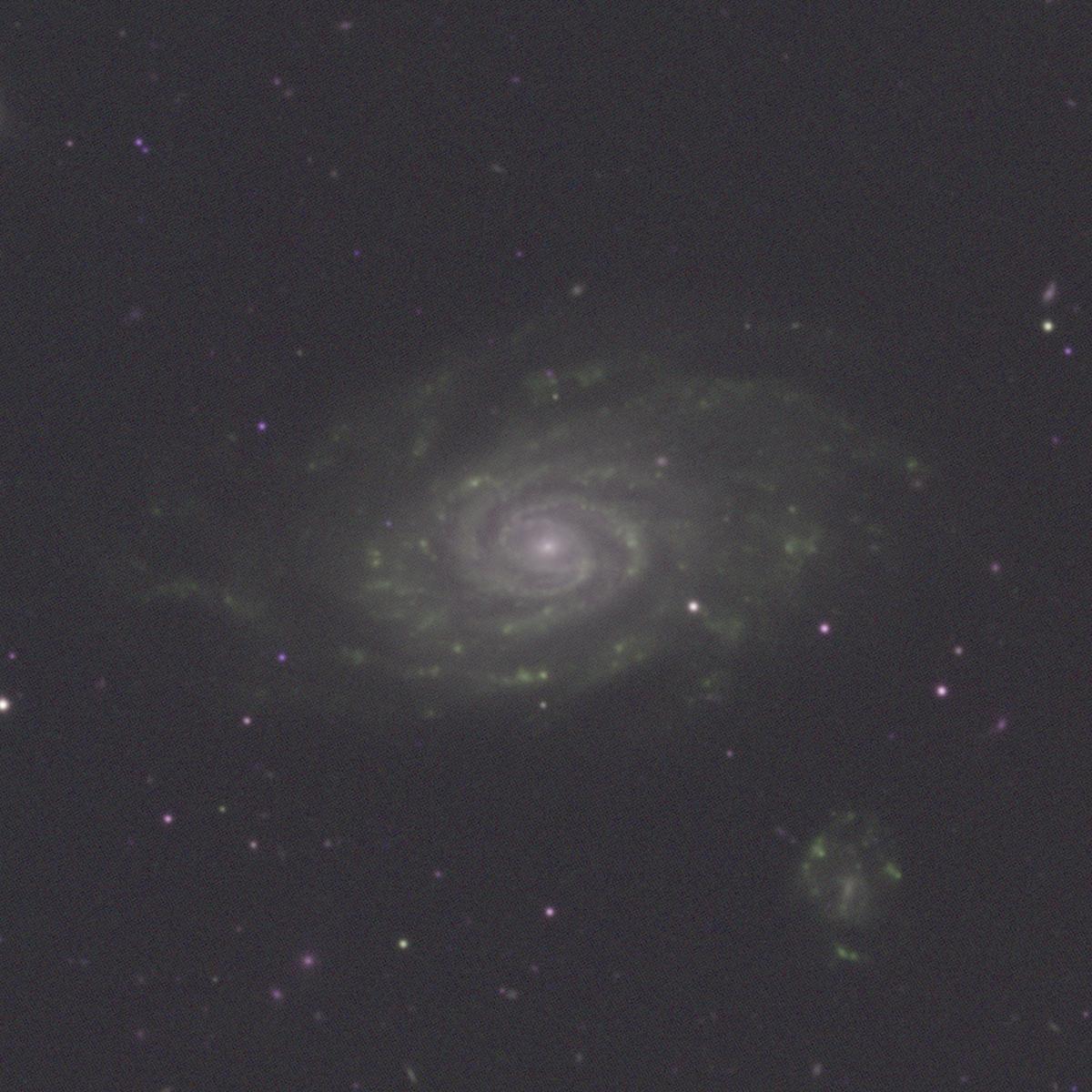We’ve just released version 3.1.0 as the default version for SkyView. This includes 5 new GOODS surveys — a total of 13 new bands — and a little new infrastructure to support them as discussed in our previous articles. The new data include the highest resolution and deepest surveys in SkyView but cover only a very small fraction of the sly.
- About the SkyView Blog
-
Related Pages
-
Recent Posts
Archives
- February 2023
- May 2022
- October 2021
- December 2020
- November 2020
- October 2020
- September 2020
- July 2020
- March 2020
- December 2019
- October 2019
- September 2019
- May 2019
- October 2018
- August 2018
- May 2018
- November 2017
- October 2017
- July 2017
- April 2017
- March 2017
- December 2016
- October 2016
- September 2016
- August 2016
- July 2016
- June 2016
- May 2016
- February 2016
- November 2015
- June 2015
- May 2015
- April 2015
- December 2014
- November 2014
- August 2014
- July 2014
- June 2014
- April 2014
- March 2014
- February 2014
- January 2014
- October 2013
- September 2013
- July 2013
- April 2013
- March 2013
- February 2013
- January 2013
- December 2012
- November 2012
- October 2012
- September 2012
- August 2012
- July 2012
- June 2012
- May 2012
- March 2012
- February 2012
- December 2011
- November 2011
- May 2011
- April 2011
- March 2011
- February 2011
- January 2011
- September 2010
- August 2010
- July 2010
- June 2010
- April 2010
- January 2010
- December 2009
- November 2009
- October 2009
- September 2009
- August 2009
- July 2009
- May 2009
- April 2009
- February 2009
- January 2009
- December 2008
- November 2008
- October 2008
- August 2008
- July 2008
- June 2008
- May 2008
- April 2008
Categories
- Announce (43)
- Discussion (67)
- Documentation (11)
- Feature (1)
- Notices (93)
- releases (57)
- Uncategorized (13)
Tags
- 2MASS
- AKARI
- bugs
- Cache
- Clip sampler
- color
- DSS
- enhancements
- fermi
- FIRST
- FITS
- GALEX
- Gallery
- GLEAM
- GOODS
- HEALPix
- HiPS
- https
- IRAS
- IRIS
- IVOA
- Java
- Mellinger
- Overlays
- Planck
- popularity
- projections
- PSPC
- Release
- releases
- ROSAT
- Scaling
- SDSS
- SIA
- SkyView-in-a-Jar
- Spitzer
- survey description files
- surveys
- Swift
- system status
- TGSS
- UKIDSS
- v3.2.0
- WISE
- WMAP



